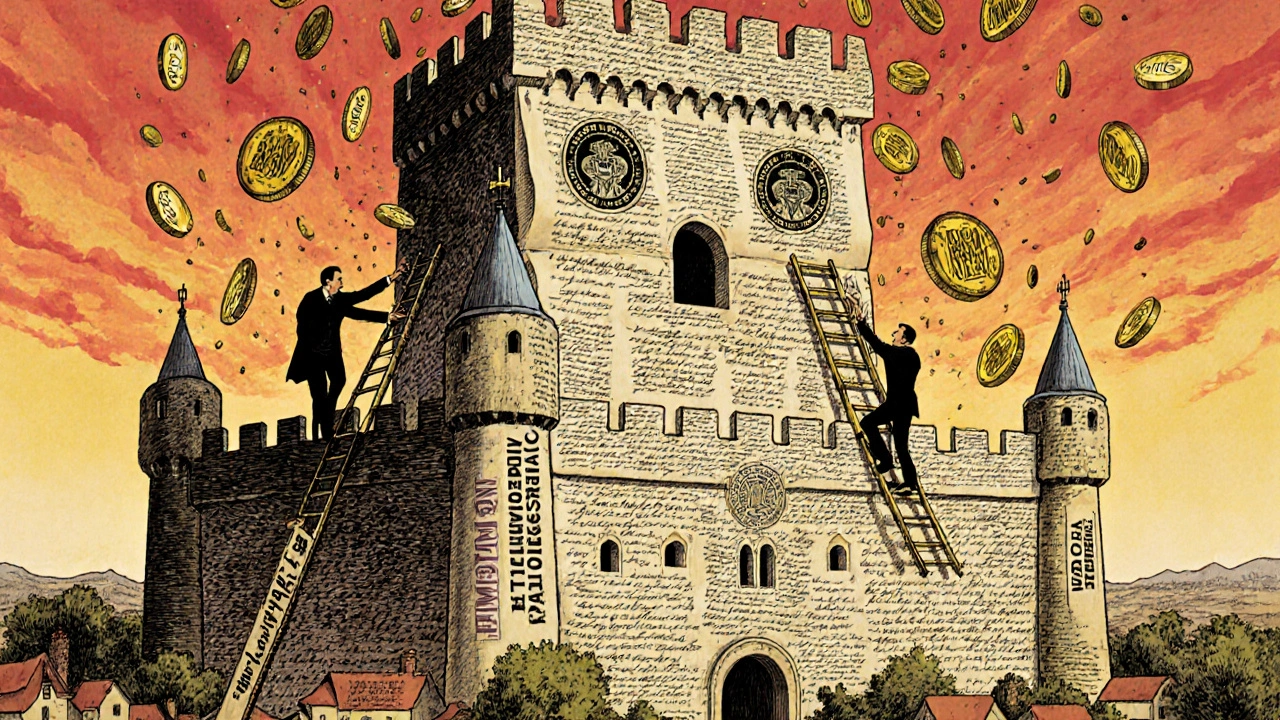Orphan Drug Exclusivity: What It Means for Rare Disease Treatments
When a drug gets orphan drug exclusivity, a seven-year period of market protection granted by the FDA to drugs treating diseases affecting fewer than 200,000 people in the U.S., it means no other company can sell a similar version for that same condition—not even a generic. This isn’t a patent. It’s a separate legal shield, created because pharmaceutical companies wouldn’t otherwise invest in treatments for tiny patient groups. The FDA orphan drug designation, a formal status given to drugs targeting rare diseases before approval is the first step. It unlocks tax credits, research grants, and fee waivers. But the real power comes with exclusivity: once approved, the drug gets a monopoly, no matter how many other companies are working on the same thing.
This system was born out of frustration. In the 1980s, hundreds of rare diseases had no approved treatments. Families were desperate. Congress stepped in with the Orphan Drug Act of 1983, offering real incentives to drugmakers. Today, over 600 orphan drugs have been approved—up from just 38 before the law. Many of these drugs now treat conditions like spinal muscular atrophy, certain types of leukemia, and rare metabolic disorders. But it’s not all perfect. Some companies have exploited the system by splitting common drugs into tiny subgroups to qualify, or by raising prices sharply after exclusivity kicks in. The drug patent exclusivity, a separate legal protection tied to a drug’s chemical invention and typically lasting 20 years can overlap with orphan exclusivity, creating even longer market control. Patients often face prices over $100,000 a year, even when the drug costs pennies to make.
What you’ll find in the posts below isn’t just theory—it’s real-world insight. You’ll see how orphan drug exclusivity connects to FDA review timelines, how generic companies navigate around it, and why some rare disease drugs suddenly become affordable years later. You’ll also find comparisons between orphan drugs and biosimilars, how manufacturer reporting rules apply, and what happens when exclusivity ends. These aren’t abstract policy debates. They’re decisions that affect who gets treated, who can afford it, and how fast new options reach the people who need them most.

Market Exclusivity Extensions: How Pharma Companies Extend Monopolies Beyond Patents
Market exclusivity extensions let pharmaceutical companies block generic drugs for years after patents expire. Learn how orphan drug status, pediatric studies, and patent thickets create 20-year monopolies-and who pays the price.
